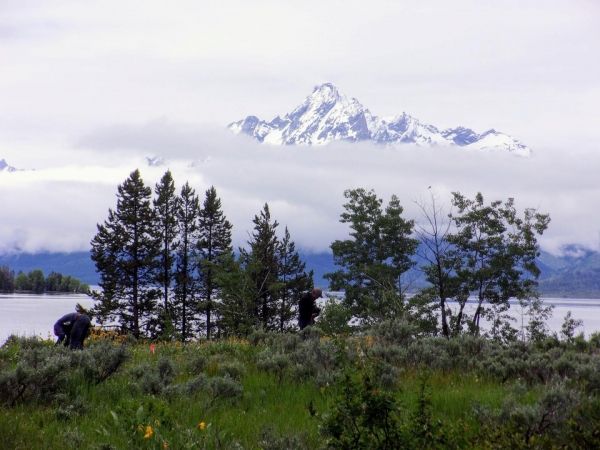Birds build nests to keep eggs and baby nestlings warm during cool weather, but also make adjustments in nest insulation in such a way the little ones can keep cool in very hot conditions. Mammals, such as rabbits or groundhogs, sleep or hibernate in underground burrows that provide stable, moderate temperatures and avoid above-ground conditions that often are far more extreme outside the burrow.
Michael Dillon, an associate professor in the University of Wyoming Department of Zoology and Physiology, was part of a research group that examined how animals’ ability to respond to climate change likely depends on how well they modify their habitats, such as nests and burrows.
So, how are these animals doing? Are they succeeding, struggling, or are their efforts a mixed bag in adapting their habitats to climate change?
“One of the key reasons that we wrote this paper is that we don’t know the answer to this very important question!,” Dillon says. “We hope the paper will encourage scientists to begin answering this question.”
Read more at: University of Wyoming
Michael Dillon (left), an associate professor in the University of Wyoming Department of Zoology and Physiology, and Arthur Woods (right), a professor of biological sciences at the University of Montana, were part of a research group that examined animals' ability to respond to climate change likely depends on how well they modify their habitats, such as nests and burrows. Here, Dillon bends over to examine a plant and measure microclimates at the UW-National Park Service Research Station in Grand Teton National Park. (Photo Credit: Sylvain Pincebourde)


